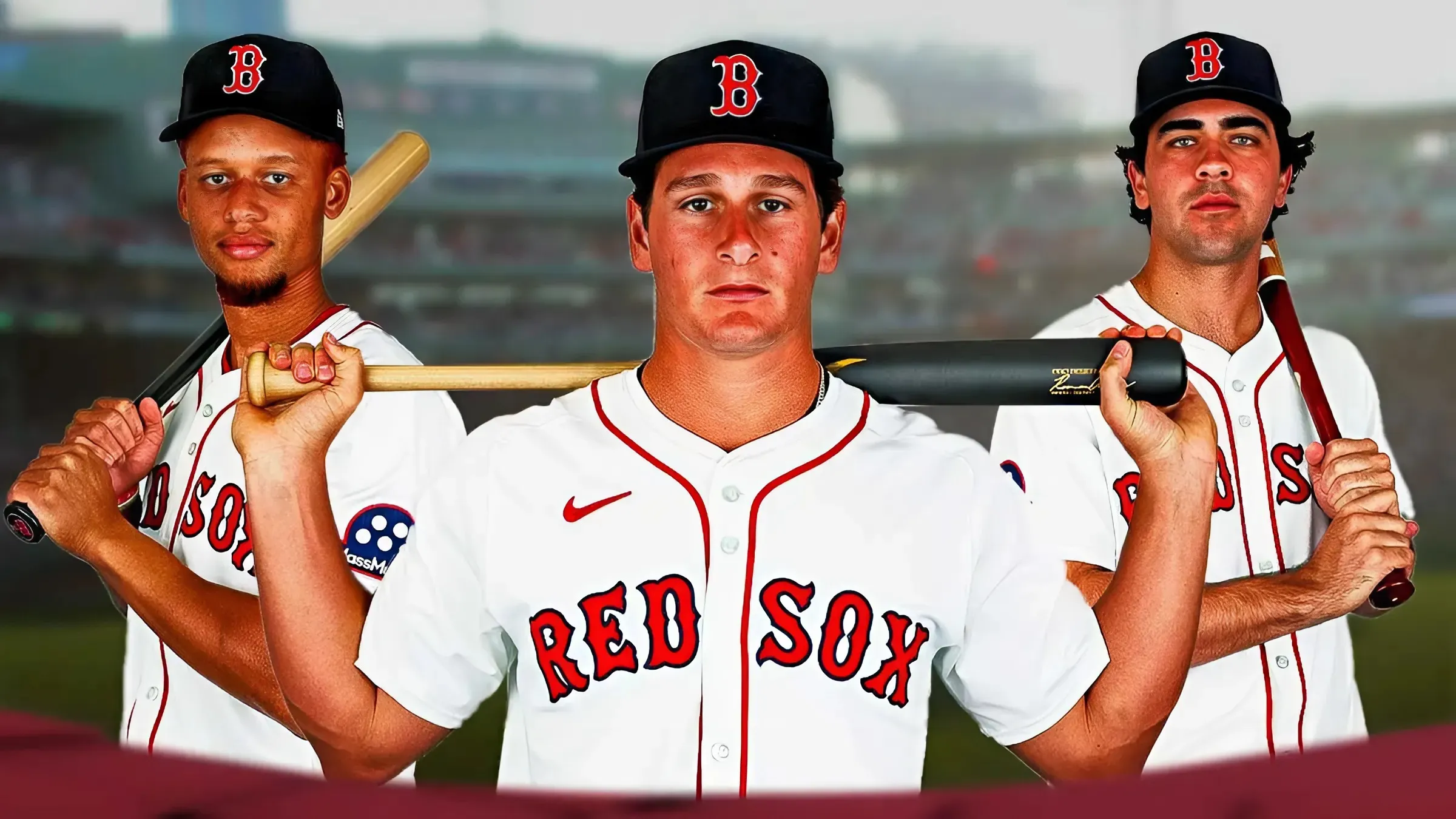To my mind, there was debate about when to start the influx of prospects from the Penguins’ system to Pittsburgh.

I might have finished this season plugging gaps with scrubs, then promoted a chunk of legit kids at the beginning of next season — readiness permitting, of course. Let energy and youth flood the dressing room and, to some degree, take over. Ville Koivunen, Rutger McGroarty and Vasily Ponomarev up front, perhaps Harrison Brunicke and Owen Pickering on defense.
There seems little doubt that Sergei Murashov is the Penguins’ future in goal. But he’s just 20. His timetable likely includes a full year at Wilkes-Barre Scranton next season.
That was my plan.
But president of hockey ops/GM Kyle Dubas had other ideas.
Koivunen and McGroarty have been summoned to Pittsburgh. Both played in Sunday’s 1-0 overtime win over Ottawa at PPG Paints Arena. It was Koivunen’s NHL debut, McGroarty’s fourth NHL game.
Each is likely to play with the Penguins till season’s conclusion, then rejoin Wilkes-Barre/Scranton for the American Hockey League playoffs. Wilkes-Barre/Scranton has clinched a postseason spot. Only five teams have more points. It’s a good opportunity for the Penguins’ future to get experience at winning together.
Meantime, Koivunen and McGroarty are in Pittsburgh. If Sunday’s game is any indication, that’s a good move.
Each was utilized in a top-six role: Koivunen at right wing on a line with Richard Rakell at center and Connor Dewar at left wing, McGroarty at left wing with Sidney Crosby at center and Bryan Rust at right wing. Koivunen played 17 minutes, 28 seconds, McGroarty 16:57. Each even got some power-play time.
That’s proper deployment. Koivunen and McGroarty are expected to be top-six players. They should assume those roles from the get-go. If you put them in the bottom six, they will learn to be bottom-six players. Chip and chase. Play it safe. (See Morozov, Alexei.)
Koivunen, 21, looked fast and fluid. He’s dynamic. He will learn to impose what he does.
McGroarty’s skating is a question mark, but it’s clearly improved since he played for the Penguins in October. He got to the puck and to the net and was comfortable playing with Crosby, a daunting task for somebody who turned 21 that day.
If Sunday’s performances turn out to be typical, Koivunen and McGroarty will be all the more comfortable when the next NHL season begins.
Will they be stars? Too early to tell.
But, at worst, they figure to be solid NHL players. The Penguins’ current lineup has precious few of those.
As for who joins them on next year’s team, Pickering seems an easy bet. He’s 21 and did decent during 25 games with the Penguins earlier this season.
Ponomarev, 23, is no better than a bottom-six, but could be a good bottom-six. You need those.
Brunicke, 18, impressed greatly at this season’s training camp before being returned to his Major Junior club in Kamloops, British Columbia. He is currently with Wilkes-Barre/Scranton, joining that team after Kamloops wrapped up. It’s probable that he spends next season in the AHL.
At least the Penguins finally have some young players coming down the pipeline with pedigree and capability.
This space has criticized coach Mike Sullivan for not trusting young players. But how many young players worth trusting have come through the Penguins’ system in the past half-decade or so? Sullivan made good use of Koivunen and McGroarty on Sunday.
The Penguins’ system was rated the NHL’s worst a little over a year ago. Now it sits mid-table.
The Penguins have 18 picks in the first three rounds of the next three drafts, including four first-round selections and six in the second round. Those picks won’t all be used. Some will be traded to move up in drafting order, or to make other deals.
Dubas has a plan.
It’s better than waiting endlessly for Aaron Rodgers to make up his mind.
-1743926044-q80.webp)


-1749792190-q80.webp)